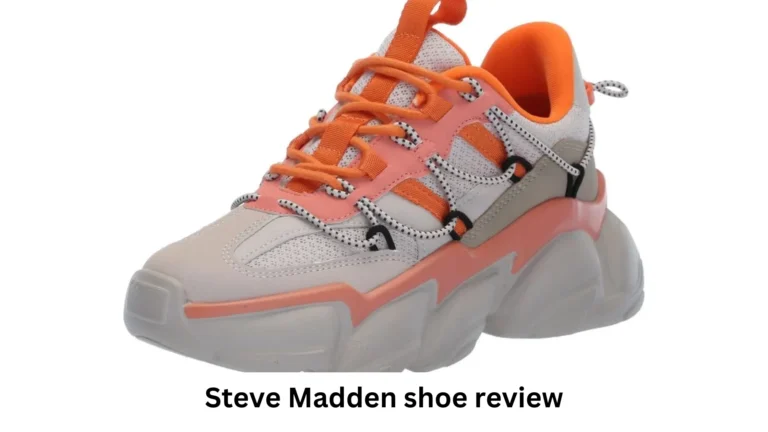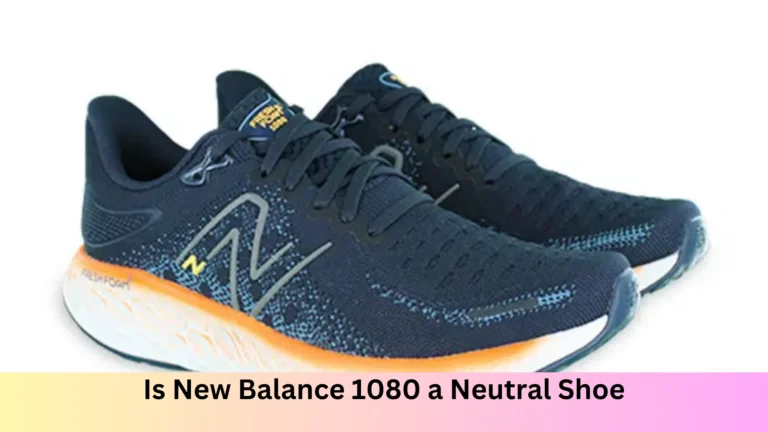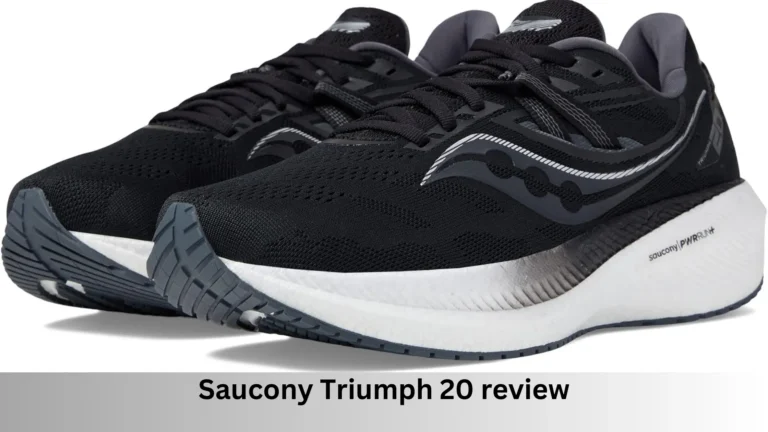
Running: It’s a love-hate relationship. One minute you’re gliding like a gazelle, the next, you’re hobbling like you’ve just completed an ultra-marathon… after only three miles. Whether you’re a seasoned marathoner or just running to the fridge during Netflix binges, the right shoes can make or break your experience. But with so many options out there, it’s easy to fall into traps.
So, what should you avoid when buying running shoes? Let’s dive into the mistakes to dodge, sprinkled with some humor (because, let’s face it, running is a struggle enough without a smile).
1. Avoid Shoes That Are Too Small… Or Too Big
You know that Cinderella moment, where the shoe fits perfectly? Well, running isn’t a fairy tale, and squishing your feet into tight shoes won’t get you closer to that “happily ever after” race finish. Shoes that are too tight can lead to blisters, black toenails (ew!), and a lovely phenomenon called “runner’s toe.” You don’t want your toenails to fall off like leaves in autumn, do you?
On the other hand, shoes that are too loose can lead to friction, sliding, and even a mid-run “shoe flying off your foot” episode. Trust me, running through the park while chasing your runaway shoe isn’t the Olympic moment you’ve been dreaming of.
Pro tip: Get fitted properly and leave about a thumb’s width between your longest toe and the front of the shoe. Yes, that extra space matters—don’t be that person hobbling out of a race because you thought squeezing into a smaller size would make you run faster. Spoiler: It doesn’t.
2. Avoid Shoes With No Cushioning
Running on the road is already a bone-rattling experience. Combine that with shoes that feel like you’re stepping on cardboard, and you’re begging for shin splints or worse, a date with your orthopedist.
Now, don’t confuse cushioning with turning your feet into fluffy marshmallows. You want just enough to protect your joints from the constant pounding, but not so much that you feel like you’re bouncing on trampolines. Imagine trying to run on mini pillows—sounds fun, but trust me, you’ll be flopping around like a fish out of water.
Cushioning helps absorb impact, reduces pressure, and saves your knees from writing angry complaint letters to your brain. Find the right balance between soft and firm; it’s like Goldilocks and her porridge. Not too much, not too little—just right.
3. Avoid Overly Stylish Shoes
Ah, the temptation to buy those neon green shoes with the coolest design on the planet. They look fast, don’t they? Almost like they’ll carry you to the finish line. But here’s the harsh reality: Style doesn’t equal performance.
It’s like dating—sure, that super-attractive person may turn heads, but if they don’t treat you right, what’s the point? Function over fashion, folks! Focus on comfort and durability rather than how Instagram-worthy your shoes look. The truth is, no one cares what your shoes look like when you’re blowing past them at mile five. And if they do, well… you’re already ahead, so let them admire from behind.
4. Avoid Shoes That Are Too Heavy
Ever feel like you’re running with bricks tied to your feet? That might be a sign your shoes are too heavy. The heavier the shoe, the more effort it takes to lift your feet, which means you’ll tire out faster.
Now, if you’re running to build strength and want to feel like you’re running through quicksand—by all means, go for the extra weight. But for most of us, lightweight shoes are where it’s at. Lightweight shoes help increase speed, reduce fatigue, and make you feel like you’re flying (or at least not sinking into the ground).
That being said, don’t sacrifice support for weight. You still need shoes that provide structure and cushion. Think of it like this: Running shoes should be like a good relationship—light, supportive, and not weighing you down.

5. Avoid Wearing the Wrong Shoes for Your Running Style
Not all runners are created equal. Some of us are heel-strikers, some are forefoot runners, and some of us—well, we just try to get from point A to point B without tripping over our own feet.
If you’re a heel striker and wear shoes designed for forefoot runners, you might as well start saving for that physical therapy bill. The way your foot hits the ground should determine the type of shoe you need. Pronation matters—overpronators (people whose feet roll inward) need more stability, while neutral runners don’t need that extra support.
Trying to run in shoes meant for a different gait can lead to discomfort, pain, and an eventual disdain for running itself. And let’s face it—running is hard enough without adding foot drama into the mix.
6. Avoid Ignoring the Arch of Your Foot
Ah, the arch—the unsung hero of your foot. Ignore it, and you’ll end up regretting it. There are three types of arches: high, neutral, and flat. Each one has its own needs.
If you’ve got a high arch, you’ll need shoes with plenty of cushioning to support that delicate curve. Flat-footed? Look for stability shoes that help control that inward rolling motion.
People tend to overlook this detail and end up buying shoes that work against their natural foot shape, leading to discomfort and a lot of unnecessary limping around after a run. So, don’t be that person who buys shoes just because they’re on sale—your arches will thank you later.
Also See: Trail Running Shoe Lifespan: How Many Miles Will They Last?
7. Avoid Old, Worn-Out Shoes
I get it. You’ve got this favorite pair of running shoes. You’ve had them since your first 5K, and they feel like home. But here’s the thing: Running shoes have an expiration date. After about 300-500 miles (depending on the shoe and your running style), it’s time to part ways.
Running in old shoes is like driving a car on flat tires. Sure, you can do it, but you’re not doing yourself any favors. Worn-out shoes lose their cushioning and support, which can lead to injuries, from shin splints to plantar fasciitis. And let’s be honest, no one wants to be hobbling to work because they couldn’t let go of their beloved sneakers.
8. Avoid Buying Shoes Based on Price Alone
We’ve all been there—tempted by a great deal. “Oh look, $30 running shoes! What a steal!” But before you click “Add to Cart,” think about the long-term consequences. You might save a few bucks now, but you’ll likely pay for it later in pain and possibly medical bills.
Good running shoes are an investment. Sure, they can be pricey, but quality matters when it comes to protecting your feet, joints, and muscles. You wouldn’t buy a parachute from a discount store and expect it to save your life, right? (Okay, that’s a bit dramatic, but you get the point.)

In Conclusion
Avoiding these common mistakes when choosing running shoes is like dodging banana peels in a Mario Kart race—you’ll save yourself from slipping and sliding into disaster. Get fitted, focus on function over form, and listen to your feet. Happy running, and may your toenails remain intact!

Hello, I am Natasha Rose. I am the founder of the website Best Running Shoes. I am from California, USA. I am a professional shoe analyzer and an employee in a shoe showroom. I like to provide information about all types of shoes.





